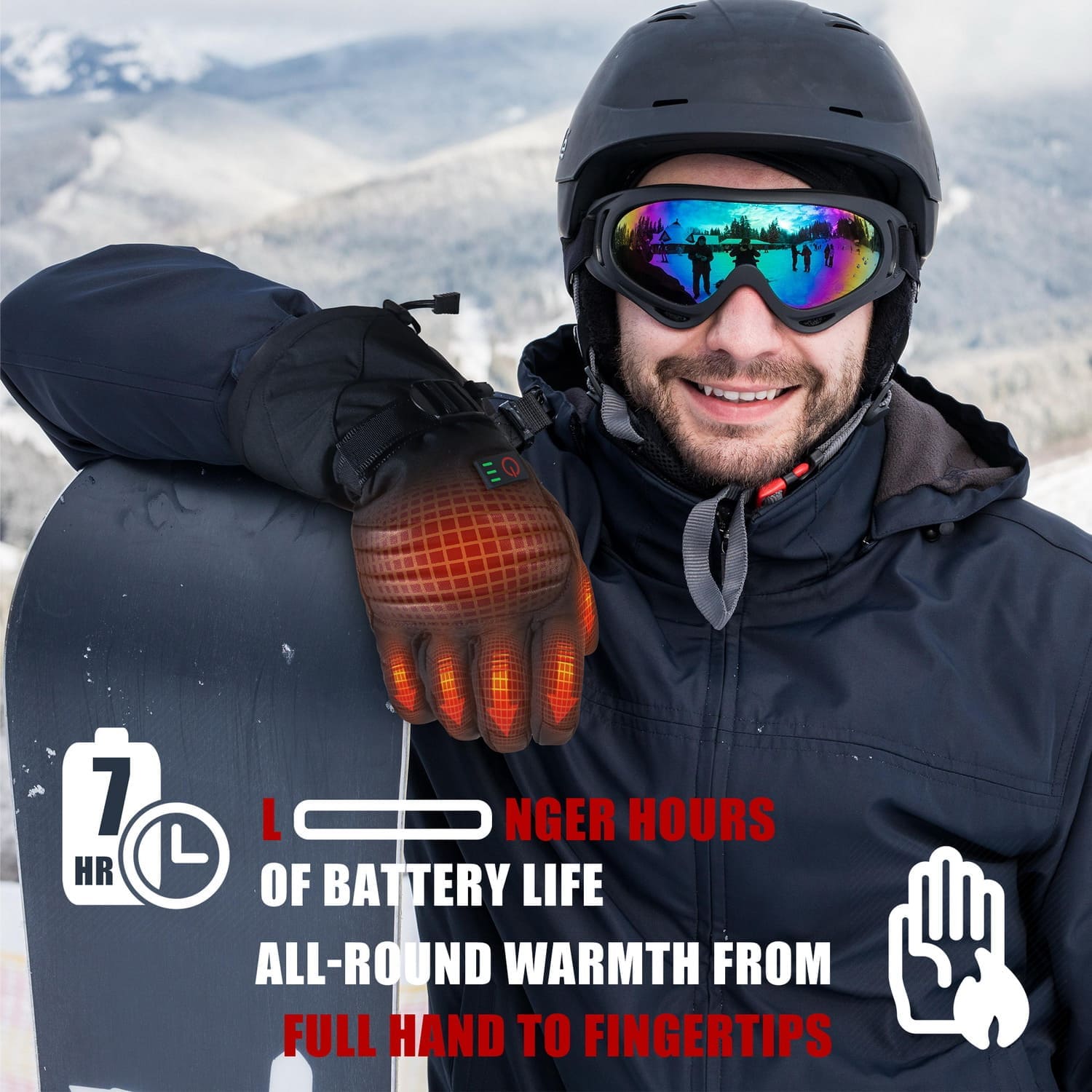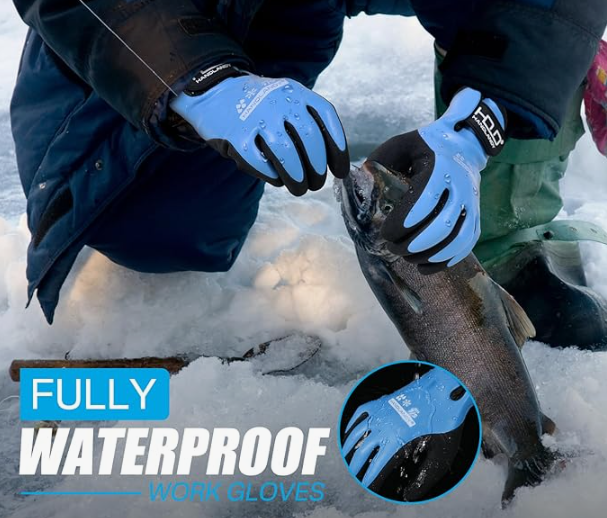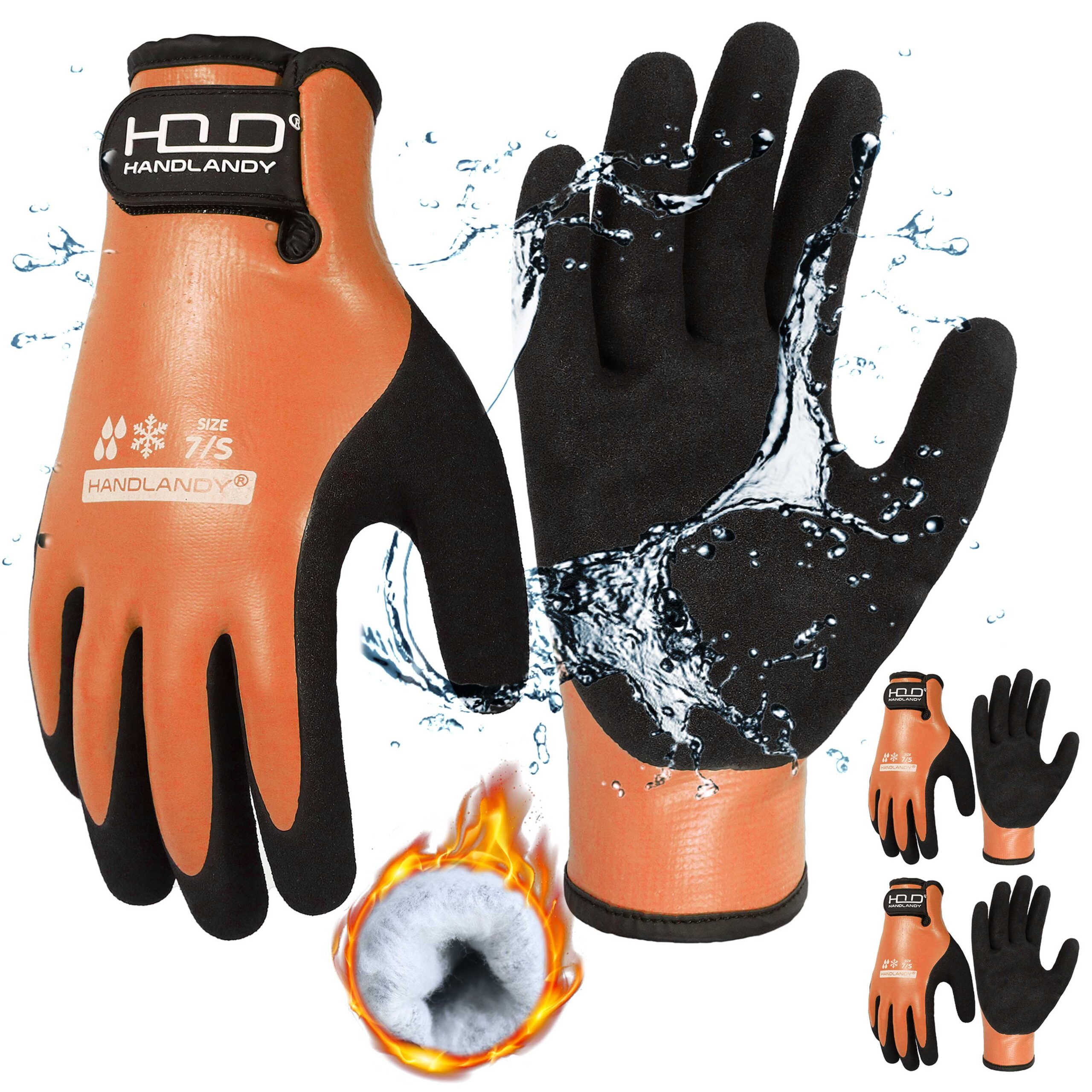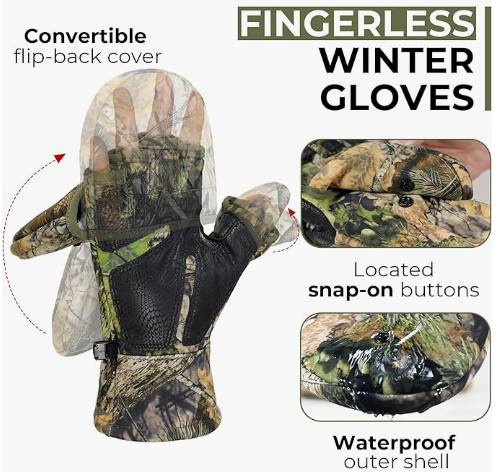For decades, ski gloves were judged by a simple metric: their ability to insulate against the cold. Today, a technological revolution is reshaping the landscape of premium winter sports gear. Smart heating technology, once a novelty, has become a sophisticated tool for enhancing safety, performance, and comfort on the slopes. For B2B buyers, understanding this shift is critical to meeting the demands of modern consumers who expect more than just warmth—they demand intelligence, adaptability, and reliability .
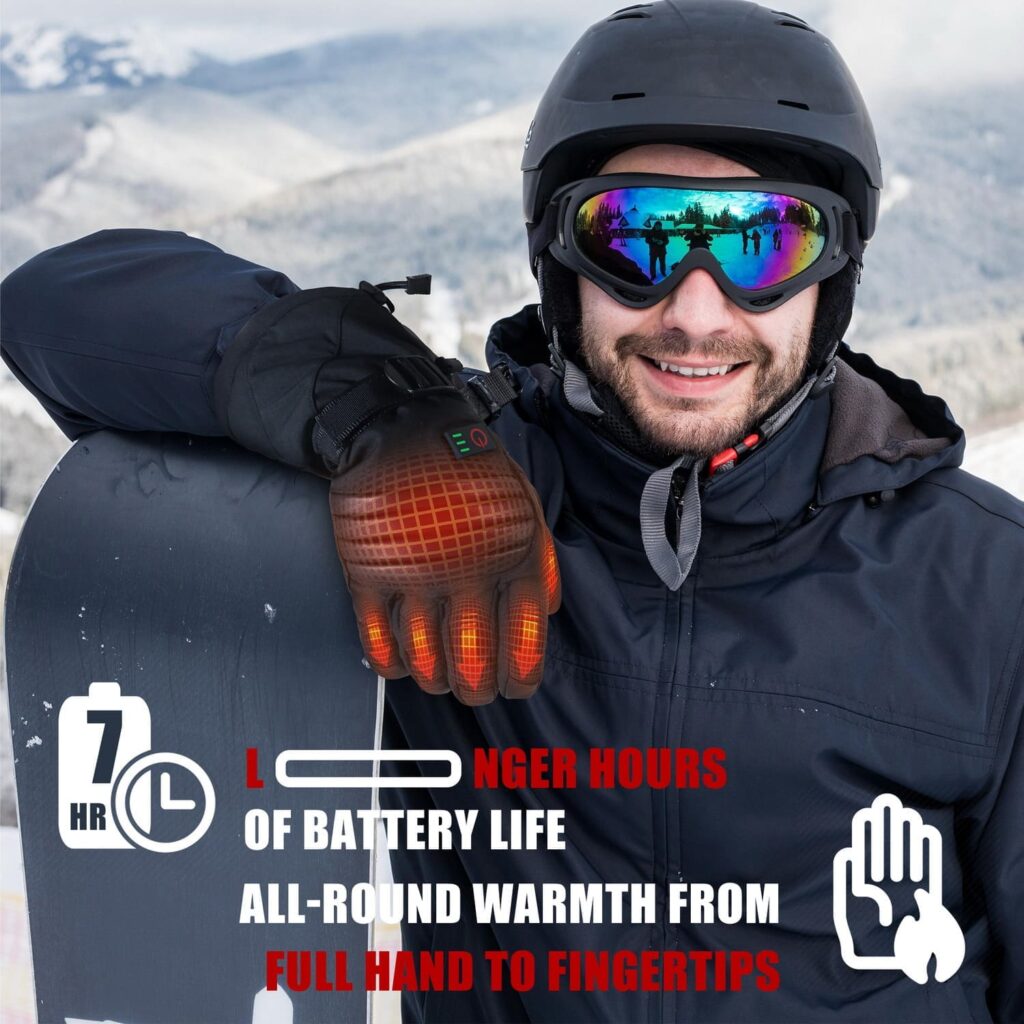
This article explores how advanced heating systems are transforming ski gloves from passive protective gear into active performance enhancers, creating new opportunities for brands and retailers alike.
1. The Evolution of Heating: From Basic Warmth to Intelligent Control
Early heated gloves relied on simple resistive wiring and manual temperature settings. Today, technologies like wireless nano-heating meshes and self-regulating thermal systems enable precise, responsive warmth without bulk or rigidity. For example:
- Alphaheat™ 3.1 Technology: Used in brands like Chaval, this wire-free system uses flat conductive traces to distribute heat evenly across the hands. It automatically adjusts output based on external conditions and skin temperature, preventing overheating while conserving battery life .
- Far-Infrared Heating: Some liners use far-infrared fibers to promote blood circulation while generating warmth, which is particularly beneficial for skiers with conditions like Raynaud’s syndrome .
These systems eliminate cold spots and provide consistent warmth where it’s needed most—fingertips, palms, and knuckles—without compromising dexterity .
2. Key Features Driving Commercial Appeal
a) Adaptive Temperature Management
Premium gloves now integrate sensors that monitor hand temperature in real time. For instance, Chaval’s Response-XRT gloves detect chilly fingers and redirect heat to those areas, balancing warmth across both hands . This autonomy appeals to skiers who prioritize uninterrupted focus on the slopes over manual adjustments.
b) Extended Battery Efficiency
Modern lithium-ion batteries paired with low-energy heating elements allow for 4–10 hours of runtime on a single charge. High-capacity models like the MADETEC gloves (22.2Wh) offer up to 10 hours of heat on low settings, ensuring all-day comfort for resort skiers and backcountry enthusiasts alike .
c) Seamless Integration with Outdoor Gear
Smart gloves are increasingly designed to work in synergy with other tech:
- Touchscreen Compatibility: Conductive fingertips enable device use without exposure to the cold .
- Waterproof/Breathable Construction: Materials like Gore-Tex and proprietary membranes ensure heating elements remain protected from moisture while allowing sweat evaporation .
3. The B2B Opportunity: Meeting Demand for Performance and Personalization
The market for smart heated gloves is expanding beyond extreme-cold niches to include recreational skiers, winter hikers, and even lifestyle users. For businesses, this opens doors to:
- Premium Pricing Tiers: Gloves with advanced tech command prices of 200–400, attracting consumers willing to invest in comfort and innovation .
- Customization Options: Brands can partner with manufacturers to develop proprietary heating zones, branded control interfaces, or bespoke battery packs for differentiation .
- Sustainability Appeals: Rechargeable systems reduce reliance on disposable hand warmers, aligning with eco-conscious values .
4. Procurement Checklist for Smart Heated Gloves
When sourcing smart heated gloves for your inventory, prioritize these features:
✅ Heating Consistency: Look for full-finger coverage and balanced heat distribution .
✅ Battery Life & Safety: Verify runtime claims and certifications (e.g., UL, CE) .
✅ Durability: Reinforced palms, waterproof seals, and washable designs extend product life .
✅ User-Friendly Controls: Intuitive buttons or app-based settings enhance the customer experience .
Conclusion: Embracing the Future of Winter Sports Gear
Smart heating technology has elevated ski gloves from basic necessities to high-performance tools that enhance safety, endurance, and enjoyment. For B2B buyers, staying ahead of trends in material science, battery efficiency, and user-centric design is key to capitalizing on this growing segment. By curating gloves that blend intelligent heating with uncompromising quality, businesses can position themselves as leaders in the next generation of winter sports equipment .


